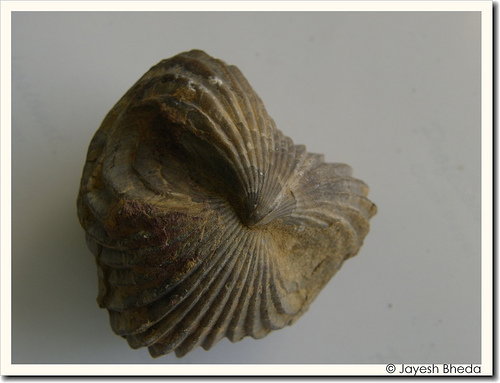

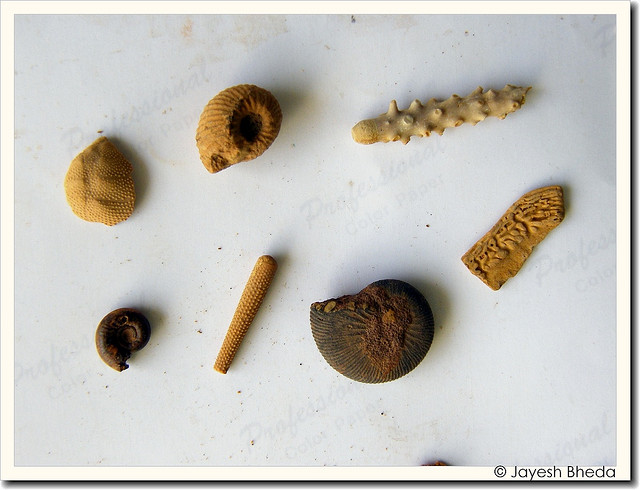
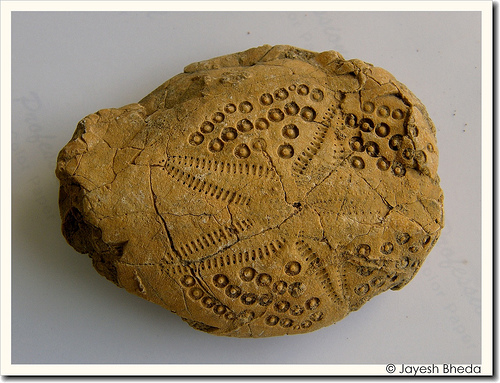
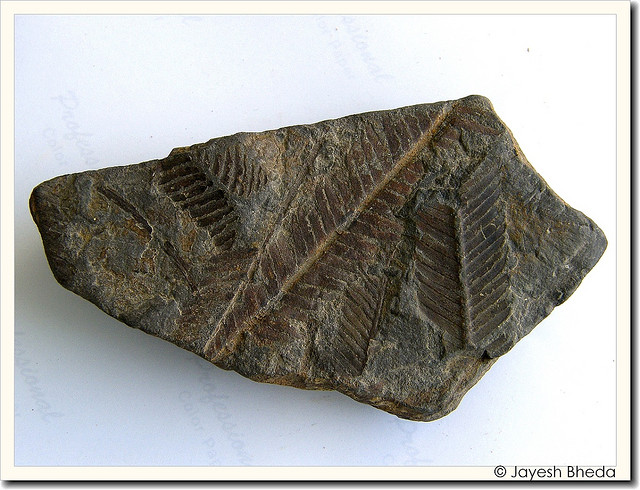
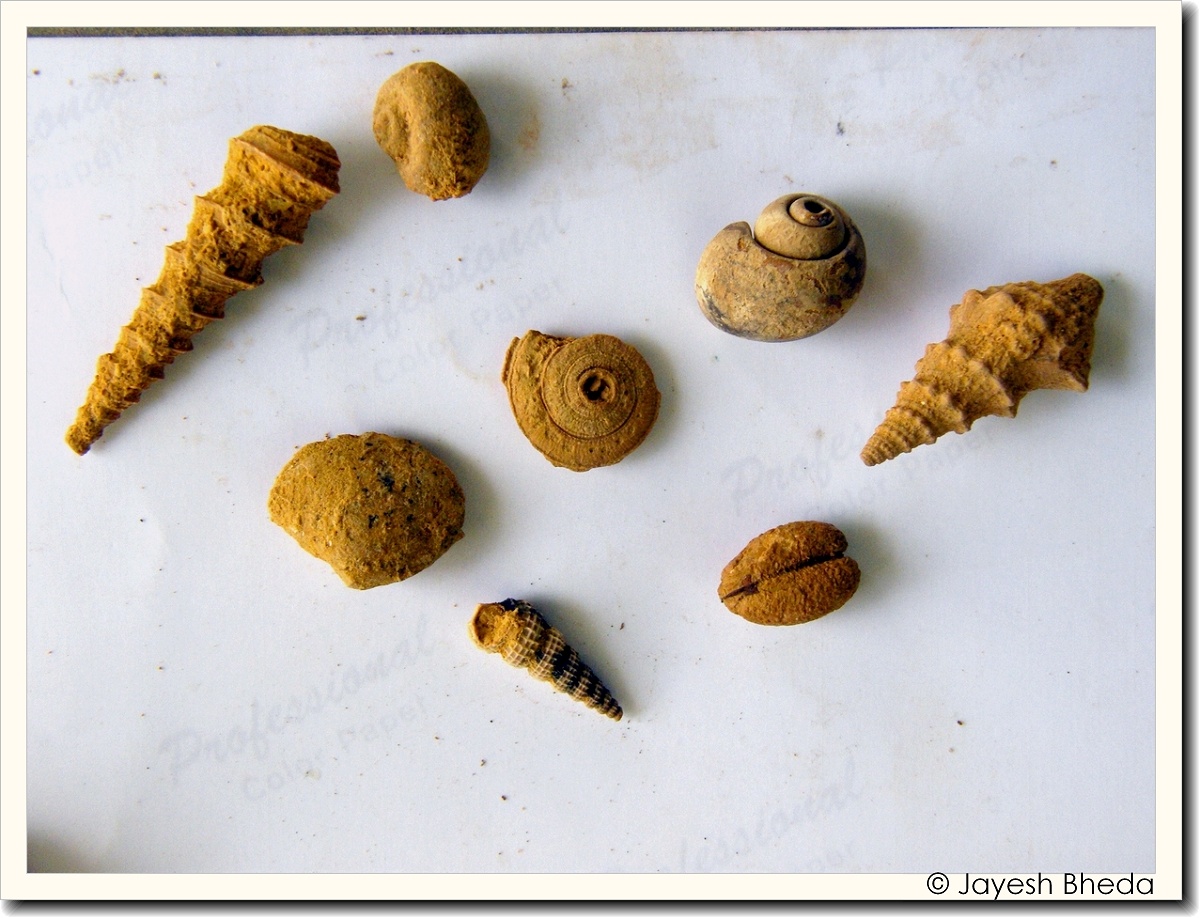







Cenozoic fossil nautiloids (Cephalopoda) from Kutch, western India
- 016/j.palwor.2012.05.004, How to Cite or Link Using DOI
-
Permissions & Reprints
View full text
Purchase $31.50
Abstract
The Cenozoic marine succession of Kutch, India, is rich in benthic molluscs and other invertebrates, but nautiloids are very scanty. Three nautiloid species, with two being new, are reported here: Deltoidonautilus vredenburgi n. sp. from the Early Eocene Naredi Formation, Cimomia forbesi (d’Archiac and Haime, 1854) from the Middle Eocene Harudi Formation, and Aturia gujaratensis n. sp. from the Early Miocene Khari Nadi and Chhasra formations. Taphonomic and sedimentary features reveal that the Eocene nautiloids were parautochthonous whereas the Miocene species might have been transported post-mortally for some distance. Palaeobiogeographic distribution of the Cenozoic nautiloids of the Indian subcontinent and other parts of the world reveals that though the genera are pandemic the species are often endemic to a basin or a province. Specific endemism and pattern of broad faunal similarity of nautiloids among different provinces within the Tethys Realm (sensu Harzhauser et al., 2002) mimic those of the benthic molluscs during the Palaeogene.
Keywords
- Nautiloidea;
- Hercoglossidae;
- Aturidae;
- Cenozoic;
- Kutch
Figures and tables from this article:

- Fig. 1. Map of the study area in Kutch, India, showing the localities of nautiloid collection. A, Aturia gujaratensis n. sp.; C,Cimomia forbesi (d’Archiac and Haime, 1854); D, Deltoidonautilus vredenburgi n. sp.
-
Figure options

- Fig. 2. Generalised lithostratigraphic section showing horizons of nautiloid collection. A, Aturia gujaratensis n. sp.; C,Cimomia forbesi (d’Archiac and Haime, 1854); D, Deltoidonautilus vredenburgi n. sp.
-
Figure options

- Fig. 3. Schematic diagram showing the parameters measured in nautiloid shells.
-
Figure options

- Fig. 4. Scatter plots of whorl shape (width/height) against degree of involution (umbilical diameter/shell diameter) ofDeltoidonautilus vredenburgi n. sp., Cimomia forbesi (d’Archiac and Haime, 1854) and Aturia gujaratensis n. sp. from Kutch.
-
Figure options

- Fig. 5. Deltoidonautilus vredenburgi n. sp. from the Early Eocene of Kutch, India. (A–C) PG/TND 13, holotype in lateral view (A), apertural view (B), and apertural view showing inner whorl (C); (D–E) PG/TND 6, paratype in lateral (D) and ventral (E) views.
-
Figure options

- Fig. 6. Deltoidonautilus vredenburgi n. sp. from the Early Eocene of Kutch, India. (A and B) PG/TND 1, paratype in lateral (A), and ventral (B) views; (C) PG/TND 2, paratype in ventral view.
-
Figure options

- Fig. 7. Septal suture of Deltoidonautilus vredenburgi n. sp. from the Early Eocene of Kutch, India. Suture from PG/TND 6, paratype at a diameter of 107 mm.
-
Figure options

- Fig. 8. Cimomia forbesi (d’Archiac and Haime, 1854) from the Middle Eocene of Kutch, India. (A and B) PG/TND 14, plesiotype in lateral (A) and ventral (B) views; note last two sutures show approximation.
-
Figure options

- Fig. 9. Cimomia forbesi (d’Archiac and Haime, 1854) from the Middle Eocene of Kutch, India. (A) PG/TND 11, plesiotype in apertural view; note position of siphuncle close to dorsum; (B and C) PG/TND 7, plesiotype in lateral view (B) and apertural view showing inner whorl (C).
-
Figure options

- Fig. 10. Septal suture of Cimomia forbesi (d’Archiac and Haime, 1854) from the Middle Eocene of Kutch, India. Suture from PG/TND 14, plesiotype at end-phragmocone stage.
-
Figure options

- Fig. 11. Aturia gujaratensis n. sp. from the Early Miocene of Kutch, India. (A and B) PG/TNA 2, paratype in lateral (A) and apertural (B) views; (C and D) PG/TNA 3, paratype in lateral (C) and ventral (D) views; (E) PG/TNA 1, holotype in lateral view.
-
Figure options

- Fig. 12. Septal suture of Aturia gujaratensis n. sp. from the Early Miocene of Kutch, India. Suture from PG/TNA 1, holotype at a diameter of 92 mm. Note higher and more acute dorsal part (D) than the ventral (V) part in the lateral saddle.
Leave a Reply